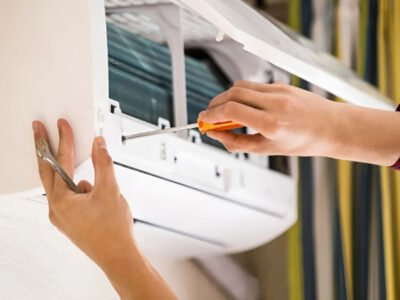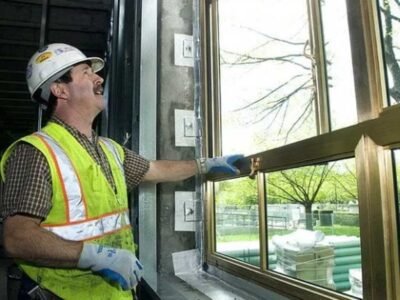Summer storms can be unpredictable, bringing heavy rain and flooding. Hence, it is essential for your building to stay prepared to deal with climatic contingencies. A sump pump is a key component of your home’s drainage system that helps to prevent water damage by pumping the excess water out of your basement or crawlspace.
If you expect weather turmoil, it’s safe to consult a plumber in Oakleigh to inspect your sump pump. This blog will discuss things you can undertake to ensure that the sump pump functions optimally. Before venturing into that, let’s understand what a sump pump is.
What Is a Sump Pump?
A sump pump is a mechanical device to remove accumulated water in a sump pit or basin. It is typically installed in the lowest part of a basement or crawlspace to prevent flooding. The sump pump detects rising water levels and pumps the excess water out of the pit. It then removes the water from the building’s foundation through a discharge pipe. Sump pumps are essential in areas with high water tables, heavy rainfall, or where the basement is below the water level of a nearby body of water.
How to Ensure That the Sump Pump Is Working Fine?
As you see, the sump pump is an essential component of any building. Therefore, it’s crucial to ensure that it functions well. You can look closely or call a blocked drain plumber in Oakleigh for inspections. Below are a few ways to determine that the sump pump is operating and can save you during disturbing weather.
Test Your Sump Pump Regularly
Prevention is better than cure, a saying that has been relevant since its dawn. The same applies here too. Testing your sump pump regularly is the most important thing you can do to ensure it is ready for summer storms.
Typically, sump pump testing happens at least once a year, but it’s a good idea to test it more frequently if you live in an area with frequent storms. To test your sump pump, pour water into the sump pit until the float rises and triggers the pump to turn on. Observe the pump as it runs and ensure it efficiently pumps water out of the pit. If it doesn’t, immediately call for the plumber in Oakleigh to troubleshoot.
Clean the Sump Pump Pit
Over time, sump pump pits can become filled with debris, sediment, and other materials that can interfere with the pump’s operation. It’s important to regularly clean the pit to ensure that it is functioning correctly. Before you begin cleaning, make sure to turn off the power to the sump pump to avoid any accidents. Then, using a bucket or scoop, remove any debris or sediment from the pit. After cleaning, turn the pump back on and test its operation.
Ensure the Float Switch Is Working
The float switch is responsible for turning the sump pump on and off as the water level in the pit rises and falls. It’s essential to ensure the float switch works correctly to avoid any potential flooding. To test the float switch, fill the sump pump pit with water until the float rises and triggers the pump to turn on. Observe the pump as it runs and ensure it turns off when the water level decreases.
Check the Discharge Pipe
The discharge pipe carries water away from the sump pump and out of your home. Over time, the discharge pipe can become clogged with debris or obstructed by tree roots or other materials. It’s essential to regularly check the discharge pipe to ensure that it is properly attached and free from obstructions. If you notice any issues with the discharge pipe, consult a professional plumber in Oakleigh to address the problem.
Install a Battery Backup
If your sump pump relies on electricity, installing a battery backup is essential to ensure it continues functioning during power outages. Summer storms often destroy your home’s power, leaving your sump pump vulnerable to failure. A battery backup system will give your sump pump the power it needs to continue pumping water out of your home, even if the electricity goes out.
Install a Water Alarm
A water alarm can be valuable for detecting potential flooding or pump failure. These devices are placed in the sump pit and emit a loud alarm when the water level rises above a certain point. It will alert you to potential flooding and give you time to take action before it becomes a severe problem.
Ensure the Check Valve Is Working
The check valve prevents water from flowing back into the sump pit after pumping it out. Over time, the check valve can become damaged or stuck, allowing water to flow back into the pit and causing your sump pump to work harder than it needs to. It’s essential to check the check valve and ensure it works correctly regularly.
Check the Sump Pump’s Power Source
Ensuring that your sump pump has a proper power connection is vital. Check that the power cord is secure and that there are no damaged wires. If you notice any power source issues, consult a professional to address the problem.
In a Nutshell
A sump pump is essential to any construction that safeguards the building and its residents from flooding. Diagnosing is vital to ensure you are safe during emergencies. You can consult accomplished plumbers, the Doyle Plumbing Group, to maintain all your plumbing fixtures in optimum health.















Comments